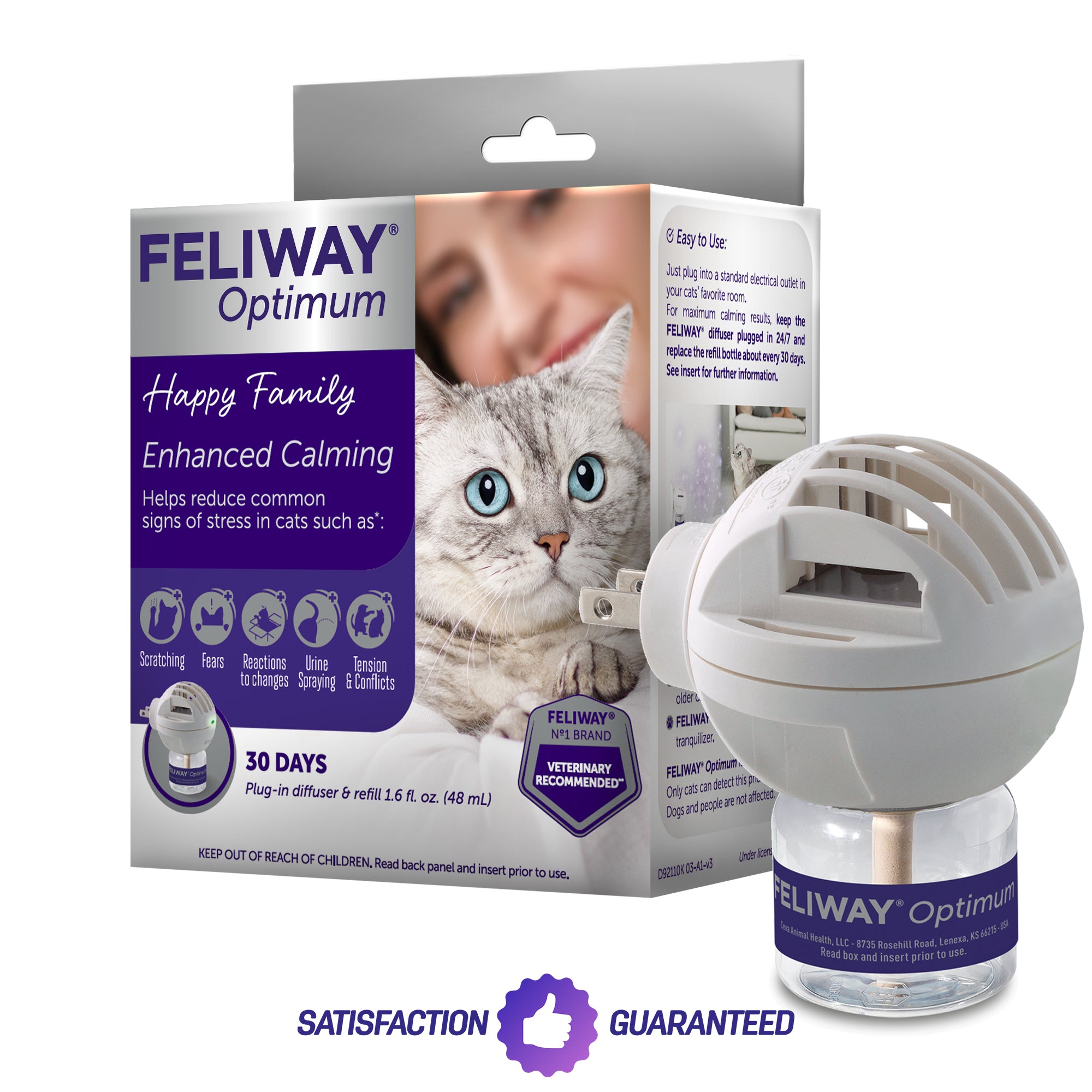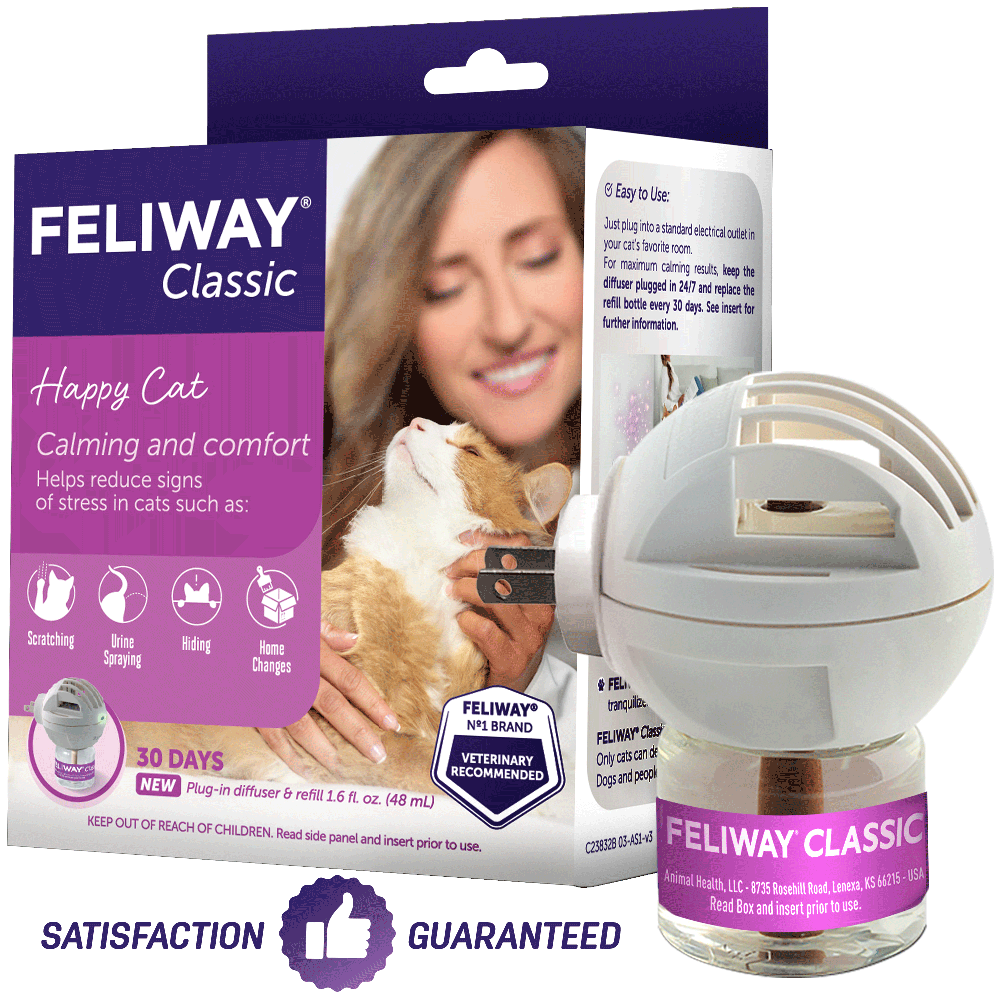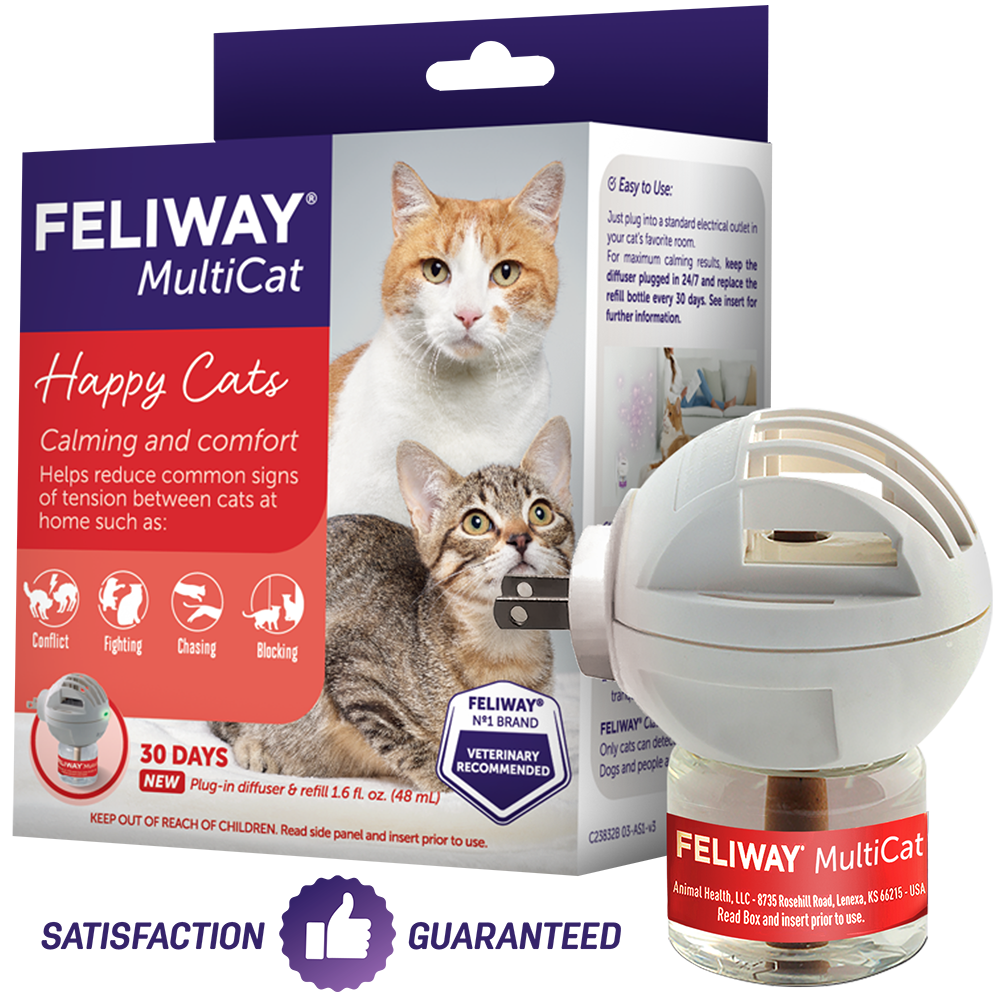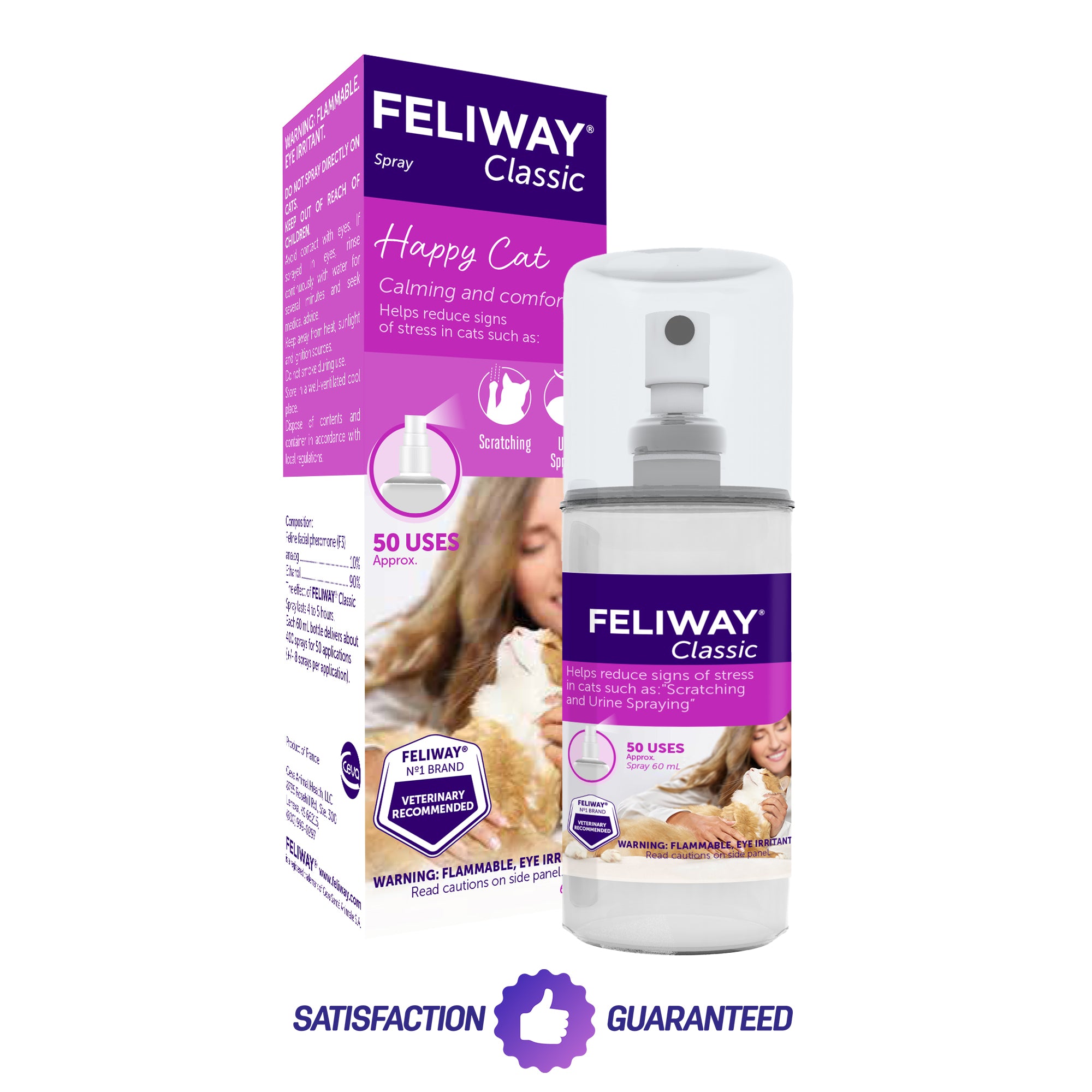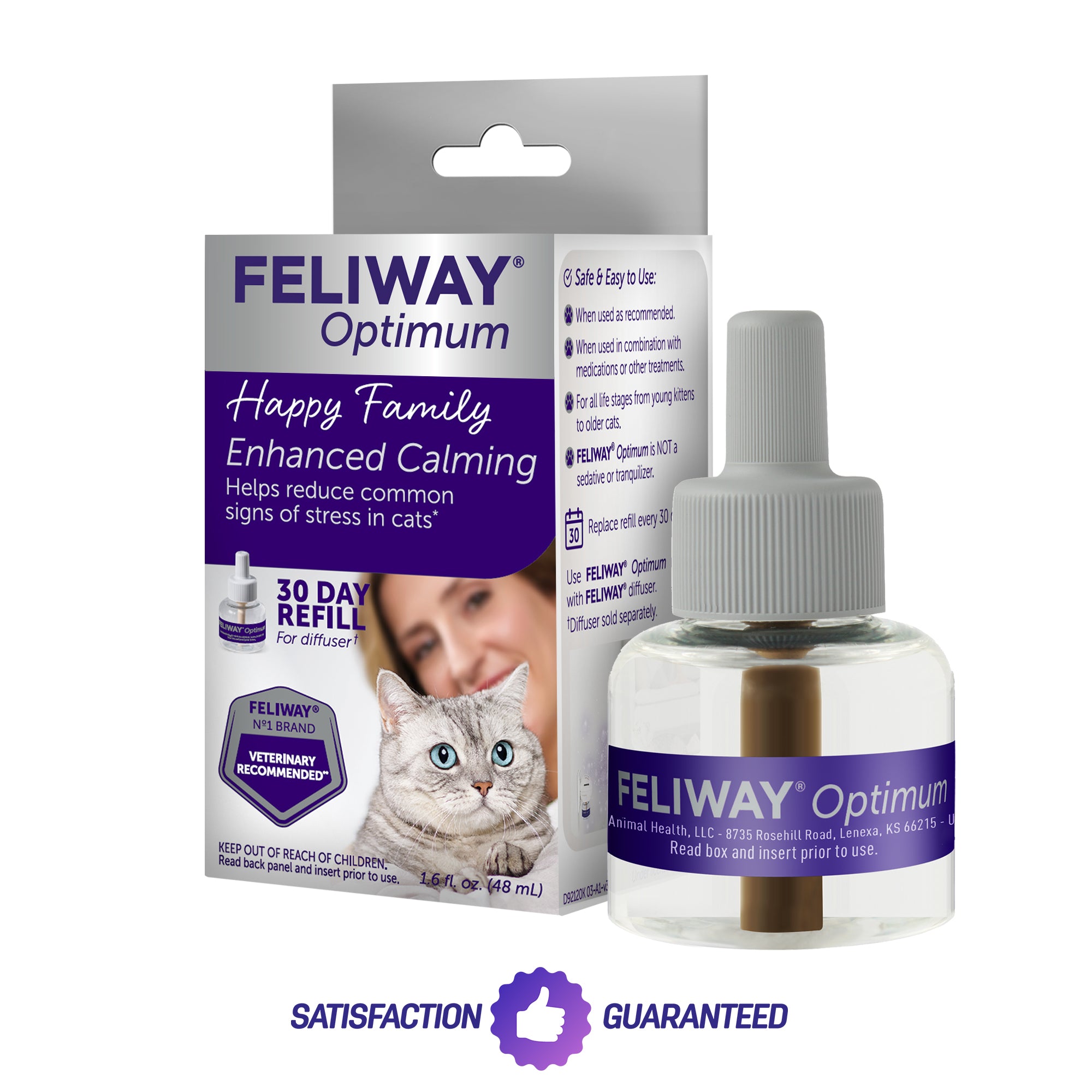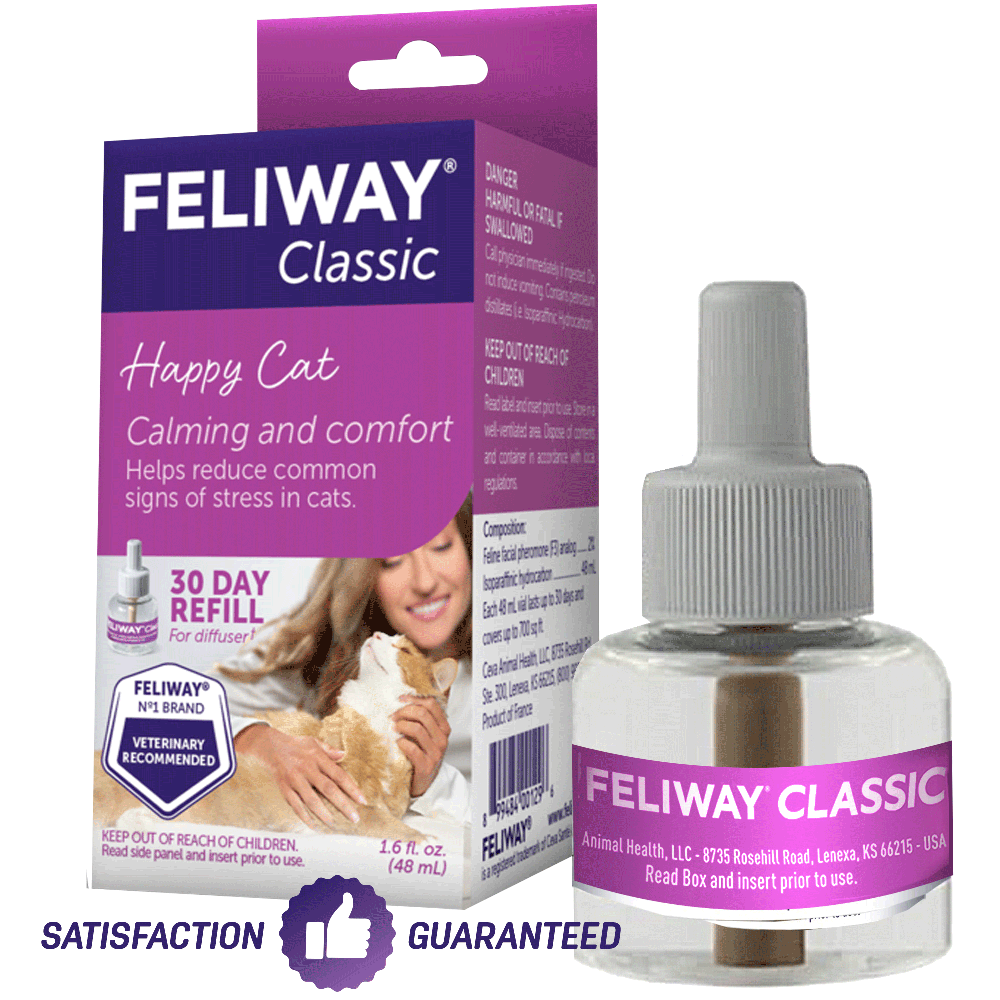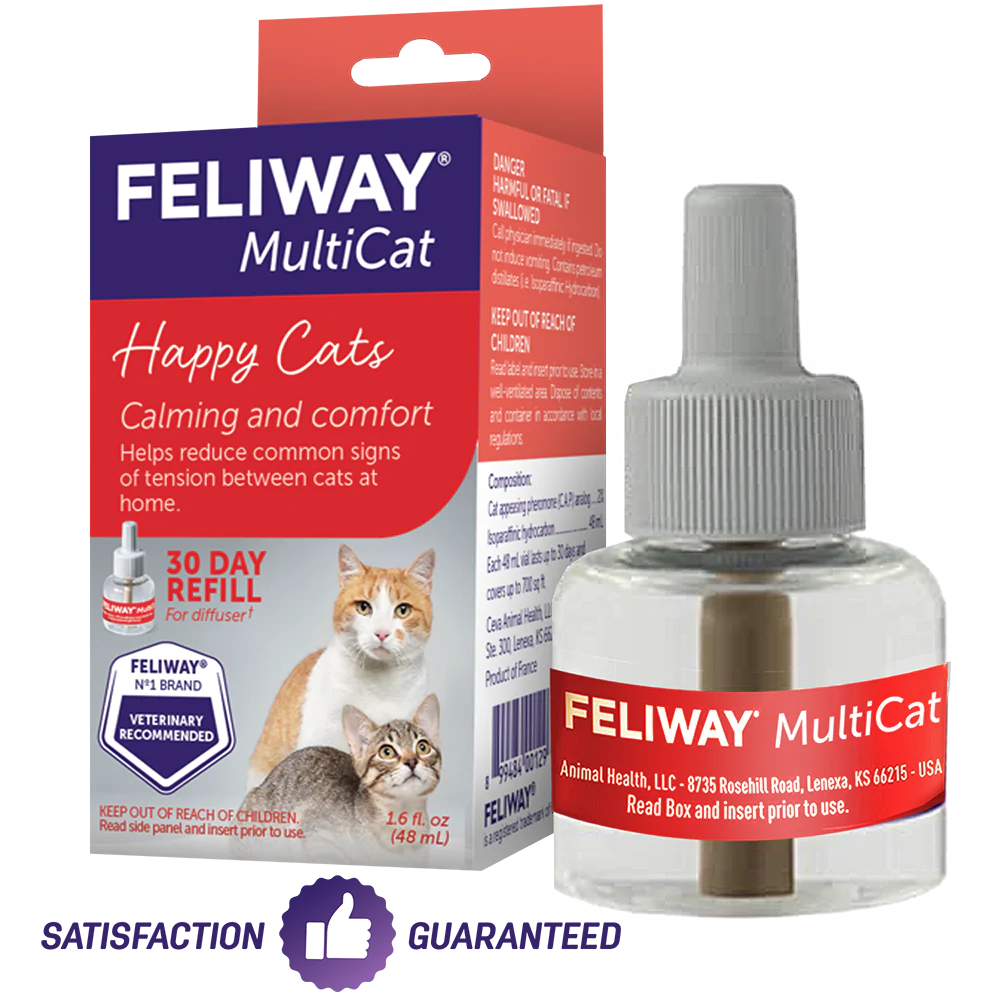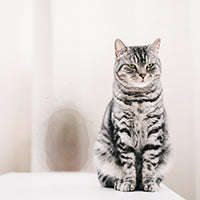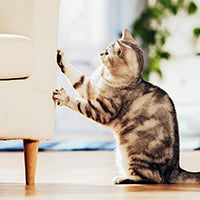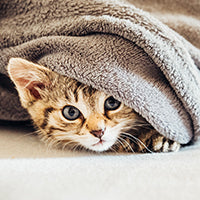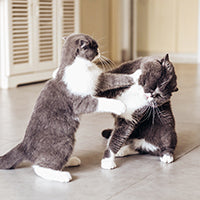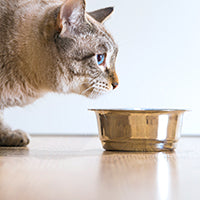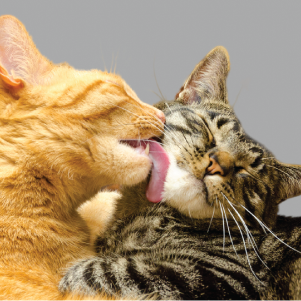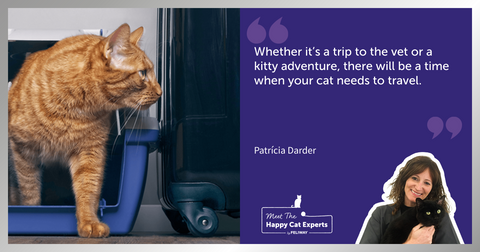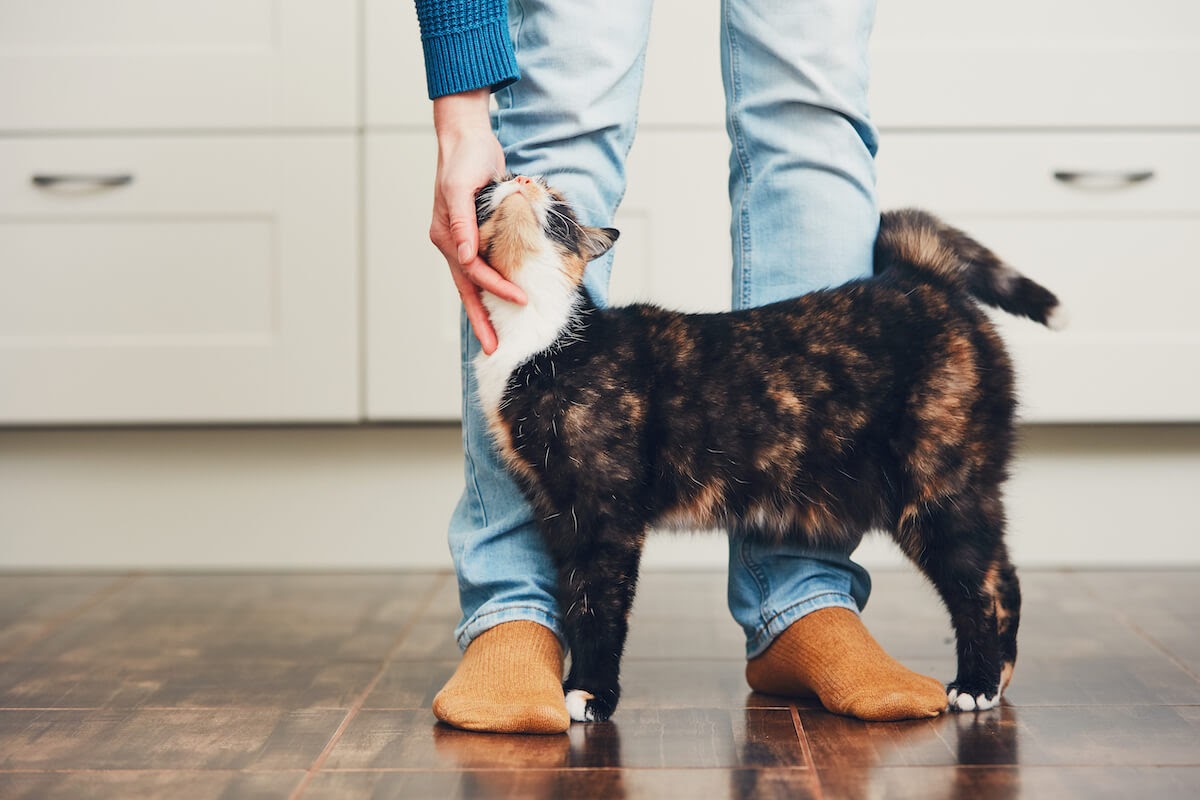
9 ways to create a purrfect relationship with your cat
Some cats are naturally more affectionate than others - Siamese and Persian cats are well known for lap snuggling and a Tonkinese cat will not only cuddle up but they are vocal too!
However, if your cat seems to prefer their own company at the moment, there are still ways that you can build a relationship that will last a lifetime.
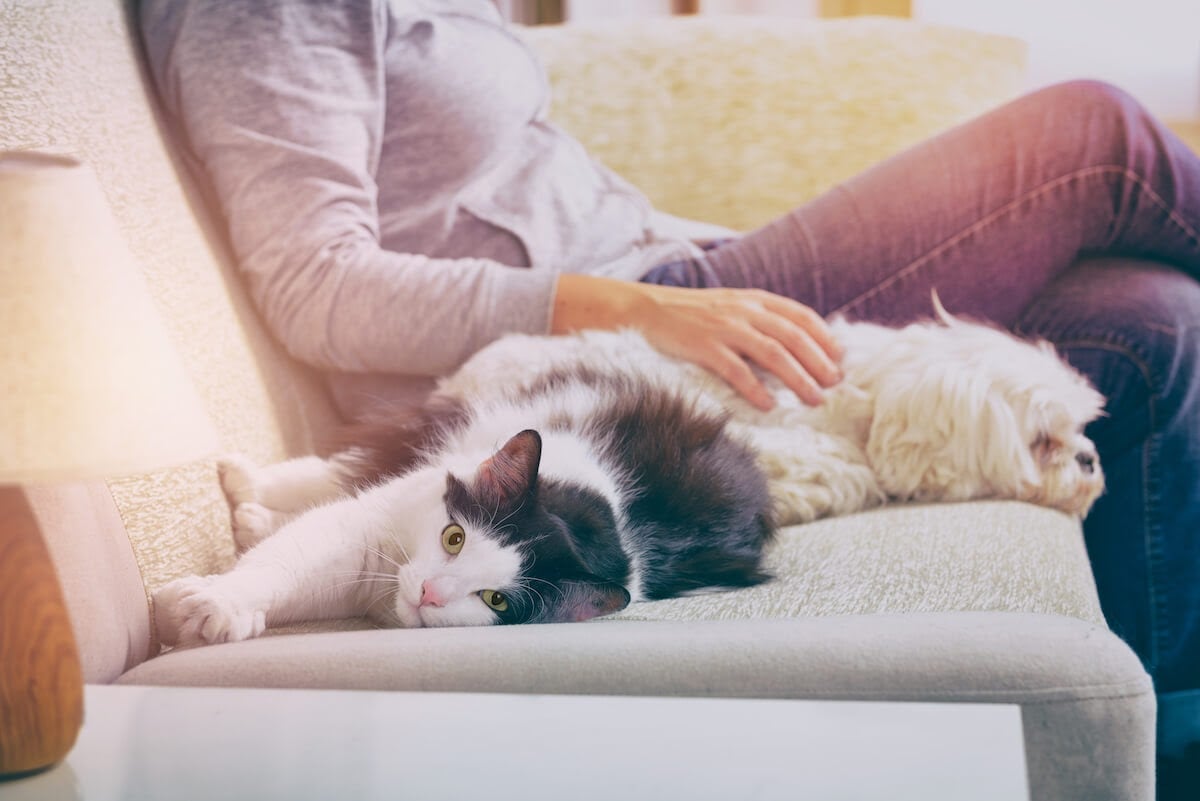
9 Ways to create a purrfect kitty relationship
1. Start to socialise your cat when they are young
When you first bring your pawsome pal home, let them get accustomed to new sights, smells, and sounds - exploring their new surroundings on their terms. Keep them in a single room in the house that has all of their resources for the first few days, then introduce them to the rest of the house and any other pets.
Gradually allow them to be stroked and handled by you and other family members without forcing them into any interactions; if you’re introducing kids to your new cat then make sure they’re aware not to grab for the kitty as this can damage the friendship and startle your lovely furry bundle of joy!
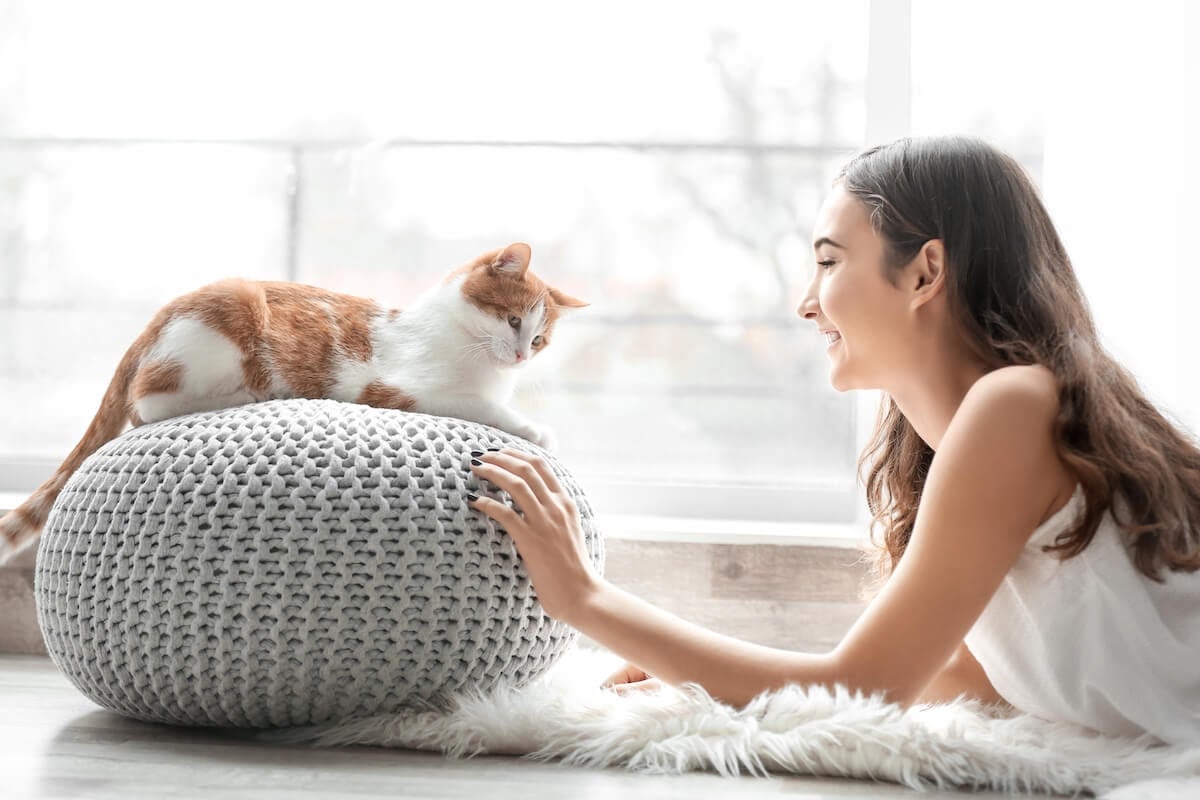
2. Make sure you have everything their little hearts desire, right from the beginning
Food and water bowls must be accessible (but away from other pets) and remember that you need one of each resource for every pet, plus one extra! The same goes for litter trays, scratching posts and high perches they can jump on to. Having everything they need makes your kitty feel safe and in control - and more likely to be relaxed which should bring out their social side!
To learn more about this read about cat essentials and where to put them
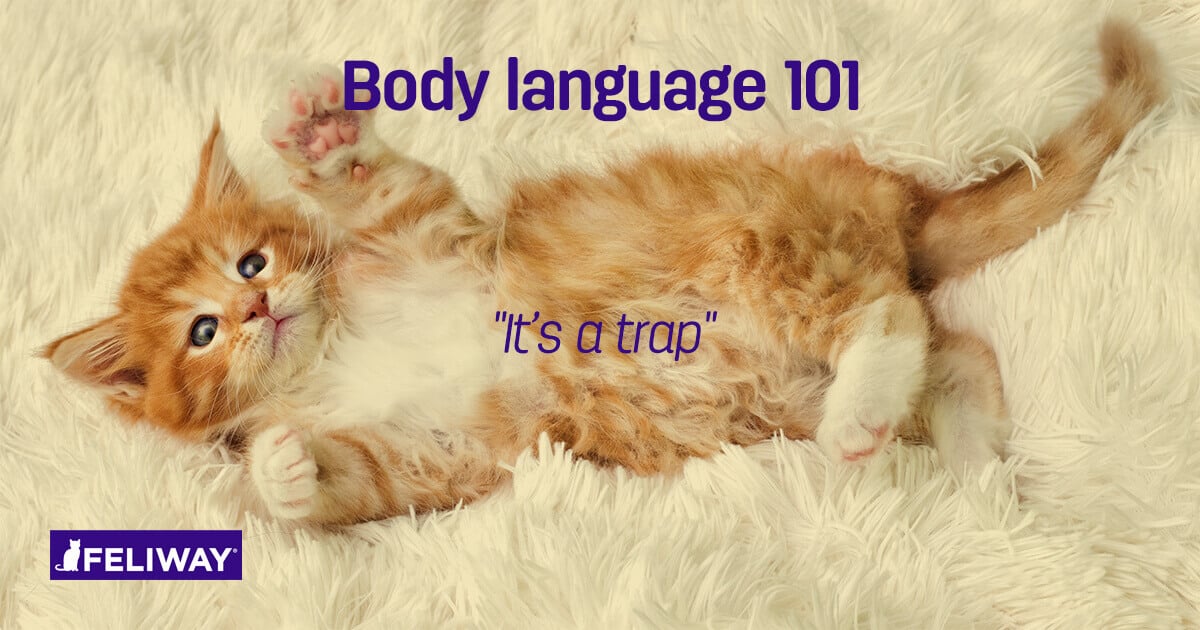
3. Learn cat-talk!
Get to know your kitty’s body language; the position of their tail, eyes and ears speaks a thousand words and it’s important to know when your cat is happy or when it is showing signs of stress and anxiety. Did you know that if you blink very slowly at a cat you are saying “I love you”, but don’t stare directly at them as they see this as threatening and they will run away. Half-closed eyes, forward facing ears, and relaxed whiskers are all signs that your kitty is relaxed and content!
So you think you are the body language expert - try our cat body language quiz
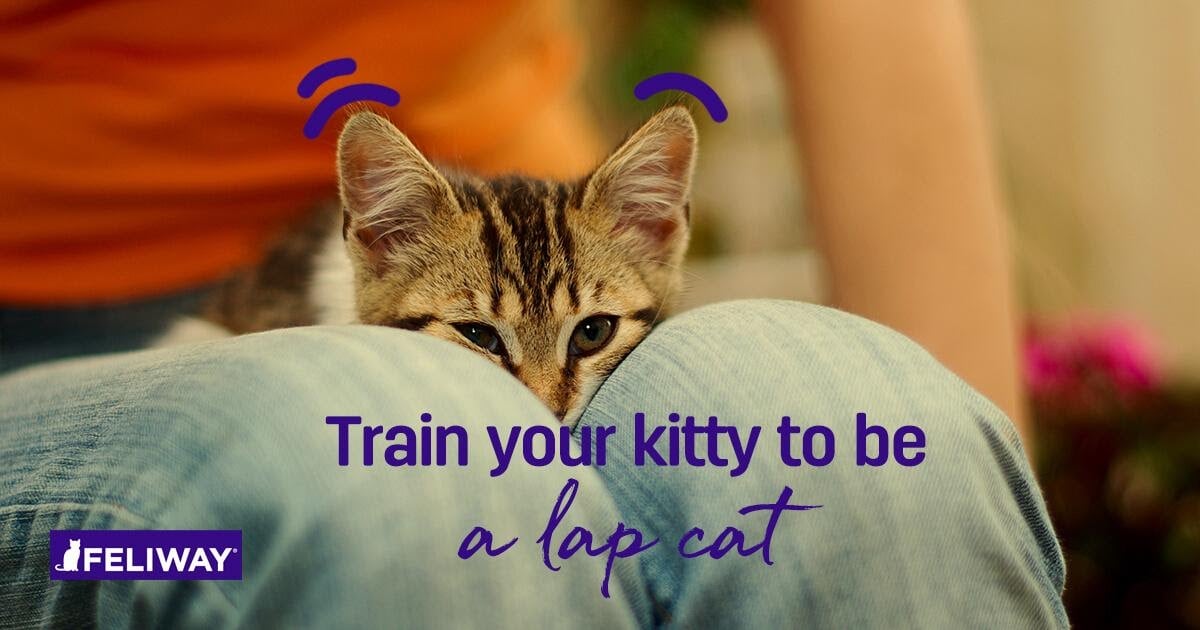
4. Don’t force it!
Let your cat make the first move and don’t grab them and try to force them to sit on your lap! Let them come to you on their terms (a little treat might entice them in the first place!) but also let them go free when they start to wriggle to get away. This will help build up their trust in you and make them more likely to want to snuggle up to you in future.
Read our article on how to train your cat to be a lap cat
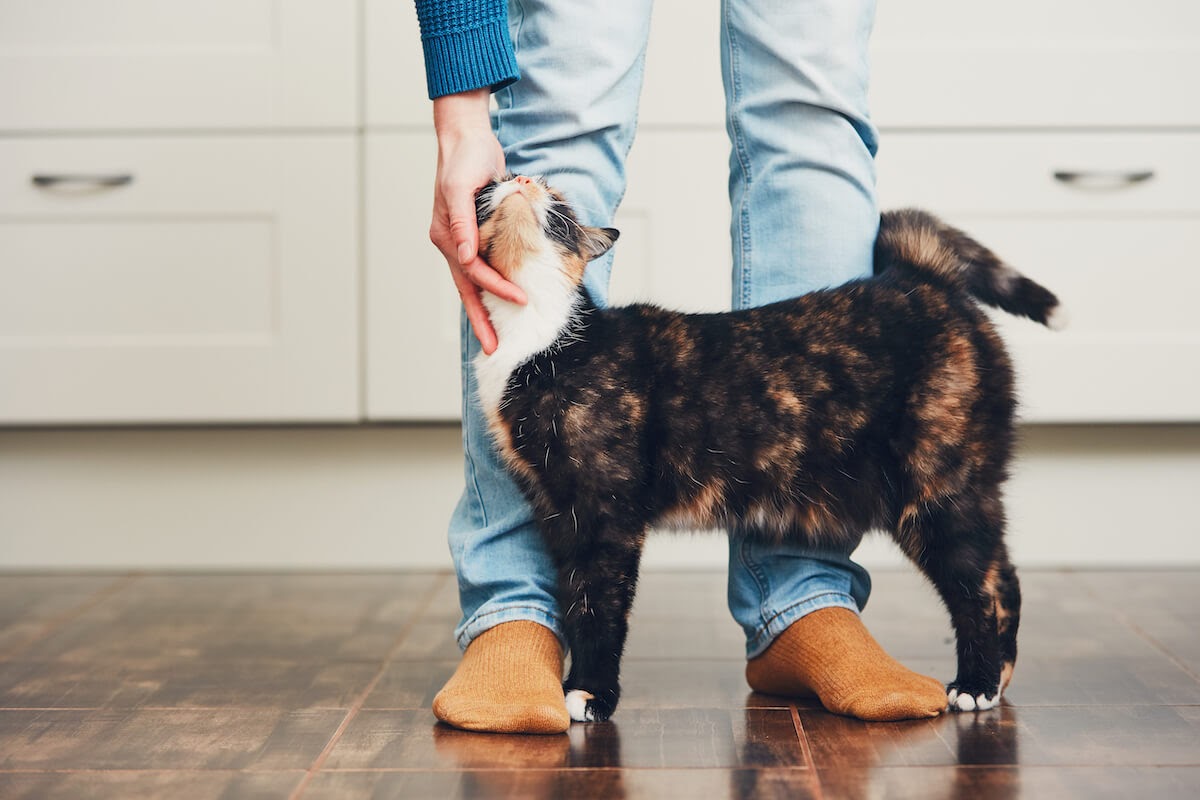 5. Learn their favourite soft spot.
5. Learn their favourite soft spot.
Does your cat sometimes turn into a little purring machine? Generally, cats like to be touched and stroked around the base of their ears, around their cheeks and under the chin - this is where their facial glands are. They’re not keen on having their tummy, tail or their back stroked. Sometimes they may be so relaxed that they’ll lie with their stomach exposed but don’t be fooled - this is not an invitation to stroke them there and may result in a short nip!

6. Set aside some kitty time!
Most cats have an active time at dawn and dusk; it may seem to you that they are being a bit crazy, scooting around the house at great speed, just when you are sleeping or want to relax. However, this is a natural instinct and when they would (in the wild) have done their hunting. So avoid trying to play with your cat at these times. The best time to play with your kitty a couple of times throughout the day - just 10-15 minutes playing with their favourite toy will help to tire them out, establish a routine and develop a bond.
Also read our article on: 4 Best Kitty Toys for Active Cats.
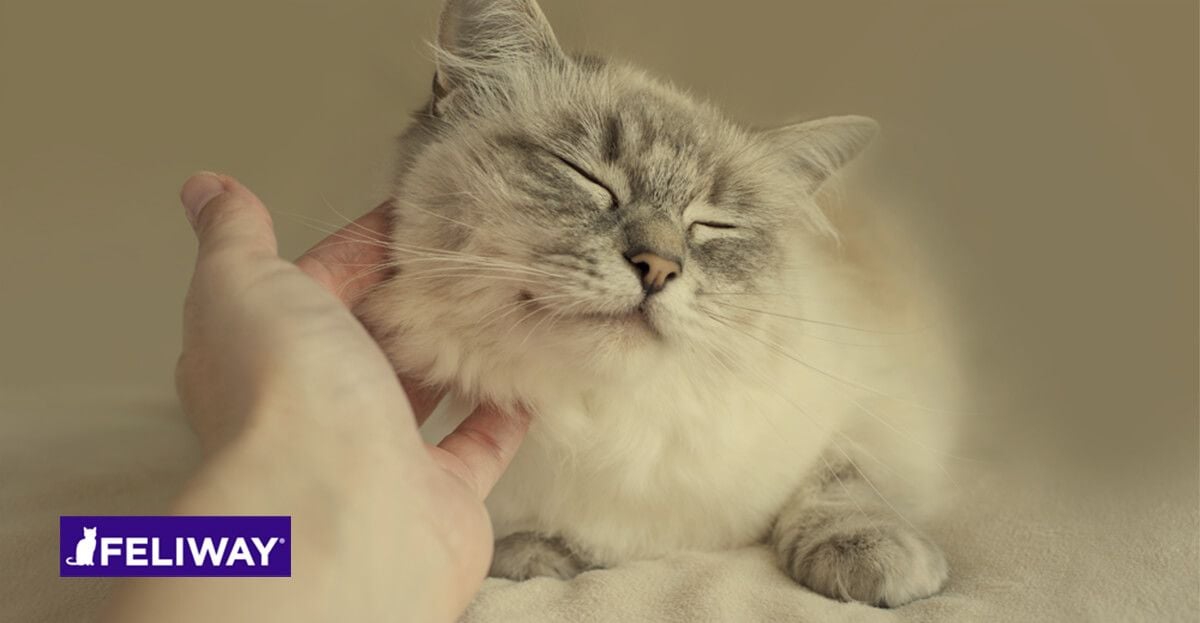
7. Be approachable!
Sit with your cat’s favourite cushion or blanket closeby and wait for your cat to come to you. As they will have left their smell on their blanket and have good associations with it, they will more likely feel positive about approaching you. You can tempt them closer with a little treat and once they’ve sniffed your hand they may be happier to come closer to explore more. Don’t move quickly or startle your cat as this will put them off, but take your time and create a relaxed environment.
Read more about other happy cat families and there ups and downs
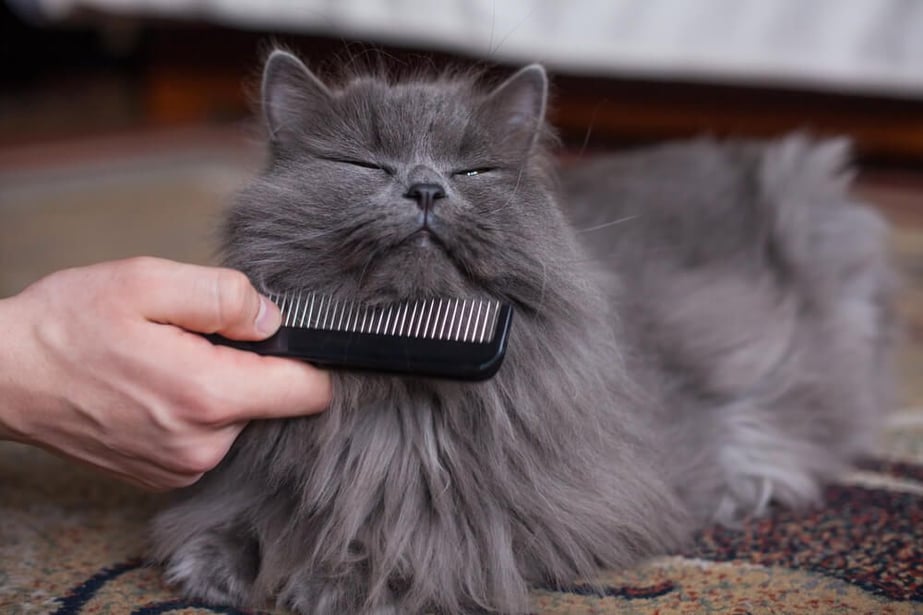 8. Help them to groom.
8. Help them to groom.
Cats are very clean creatures and spend a lot of time grooming themselves. When you have developed a close bond with your cat and they are happy to sit on your lap for a while, try a little grooming! This will not only make your bond stronger, but regular grooming will help to prevent their coat from matting, it will reduce shedding and help spread natural oils over your cat’s skin and coat. Find more about why cat groom.
9. Nurture Your Kitty Bond
The recipe for kitty friendship is actually easier than you might think: give them space when they need it, pamper them and ensure they have everything they need, and throw in some nice treats and playtime and you’ll soon have the purrfect bond with your kitty! In other words, they’ll have you wrapped around their little paw in no time at all!
To create a relaxing, calm environment for your kitty - which can help them feel more social - consider plugging a FELIWAY Optimum Diffuser in the room where they spend most of their time to provide constant comfort to your cat.
